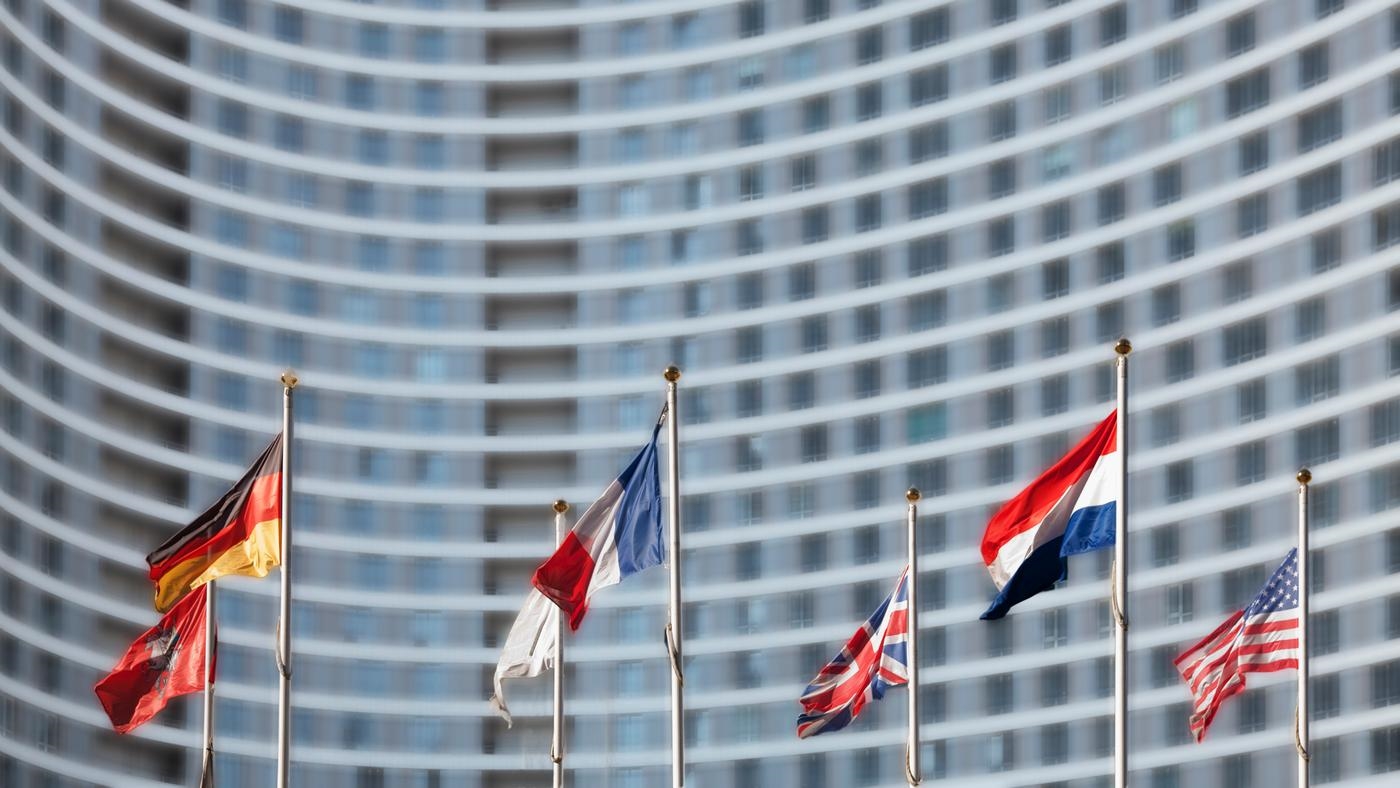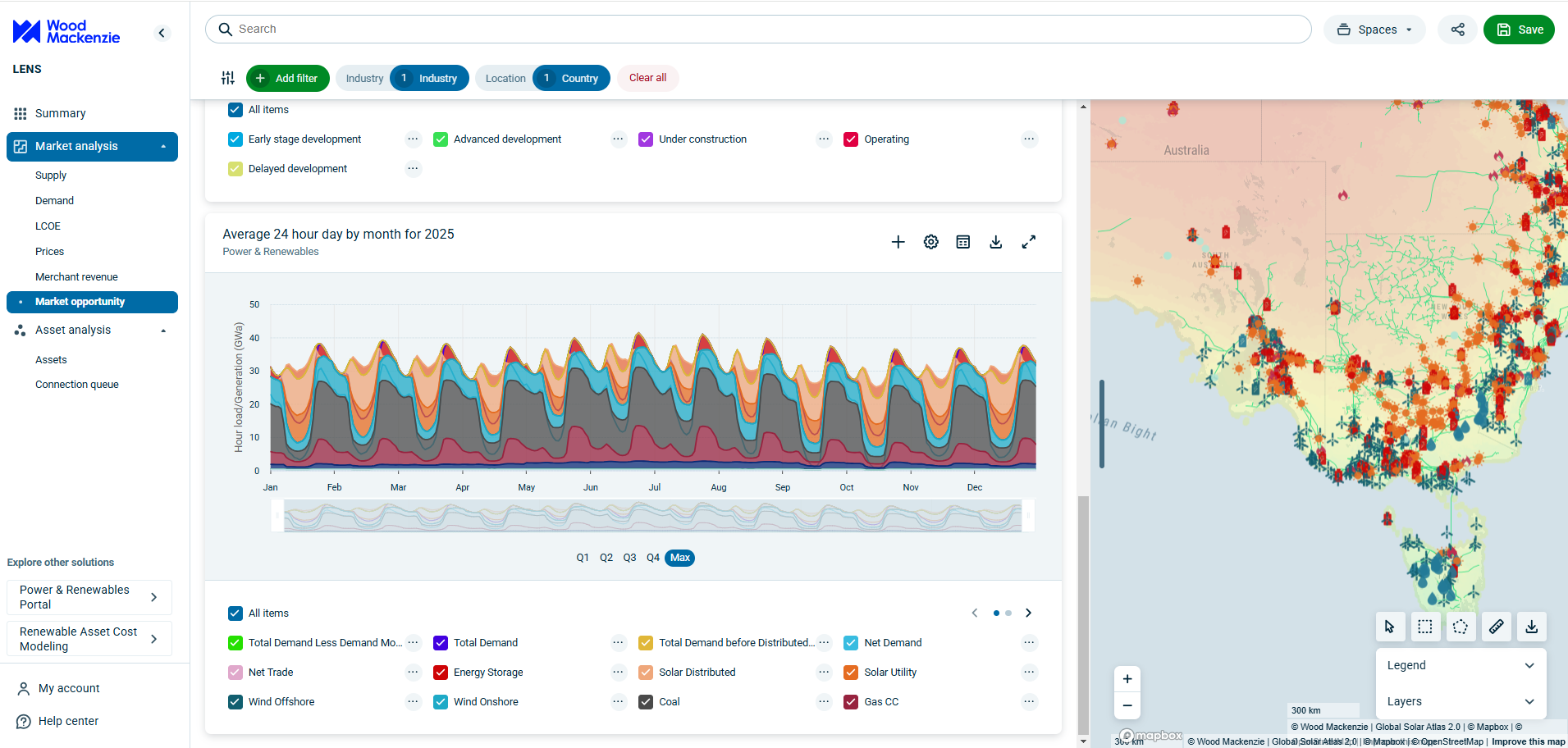Discuss your challenges with our solutions experts
Author: Victor Laurent, Manager, Product Development
For the third weekend in a row between 15-17 March 2019, the European Power Exchange (EPEX) auction saw negative baseload and peak load power prices across Germany and other neighbouring countries.
Figure 1: Hourly evolution of power prices for the Day-Ahead auction in Germany, France and Austria, 15-17 March 2019
Source: EPEX SPOT
Negative power prices traditionally occur for a few hours when supply is ample and demand low. However, in this situation, wholesale power prices turned negative for 20 consecutive hours, with the lowest price reaching EUR -20.23 per megawatt-hour (MWh) between 15:00 -16:00 on 17 March. By averaging every hour of the day together, the baseload settlement reached EUR 0.43 / MWh, the lowest Year-to-Date (YTD) value.
Negative prices are useful as a market signal for demand shifts and storage implications. As wind and solar power shares grow, they will become more common. Indeed, the driver behind last weekend’s move was the increase in wind and strong solar generation coupled with relatively low demand. Figure 2 from our PowerRT platform shows live generation per fuel for the same period. Wind power production started at around 38 GW during the weekend and averaged 33 GW throughout the day.
On Sunday, solar generation peaked at 17 GW at 13:00. With actual demand at 56 GW, the combination of supply from wind, solar, and other renewables such as hydro, pumped storage, geothermal, and nuclear power (estimated at around 7 GW) pushed coal and lignite out of the equation.
Electricity is a rare commodity in two respects. First, it has no shelf life and is therefore consumed immediately. Second, power plants cannot always be easily stopped and restarted like production lines. It may be cheaper for a power plant to pay you to consume more power than ramp up and down.
Figure 3: Behaviour of a power plant in Germany during hours of negative prices
Source: Wood Mackenzie
Figure 3 shows a power plant's behaviour when its marginal costs of producing electricity become too expensive for several hours. Here, a German coal plant ramps down its production when prices turn negative before ramping production back up when it made economic sense.
With the PowerRT platform, a trader or electricity producer can follow the evolution of power production at the plant level and visualise a country’s fuel stack in real-time. By plotting this against the day-ahead or actual demand, they can monitor which fuel is marginal and specific plants' behaviour that are typically price-setting. PowerRT gives you an edge in anticipating such extreme price moves, allowing you to stay ahead of the game. Find out more about PowerRT .








